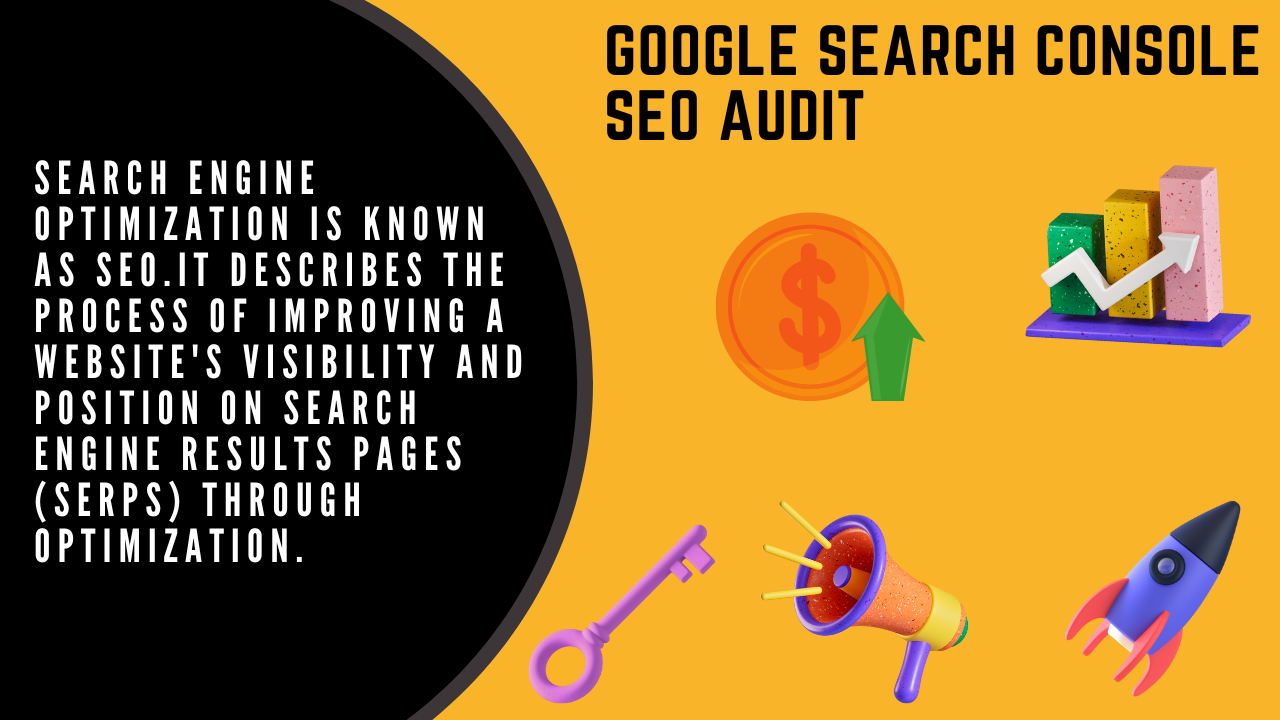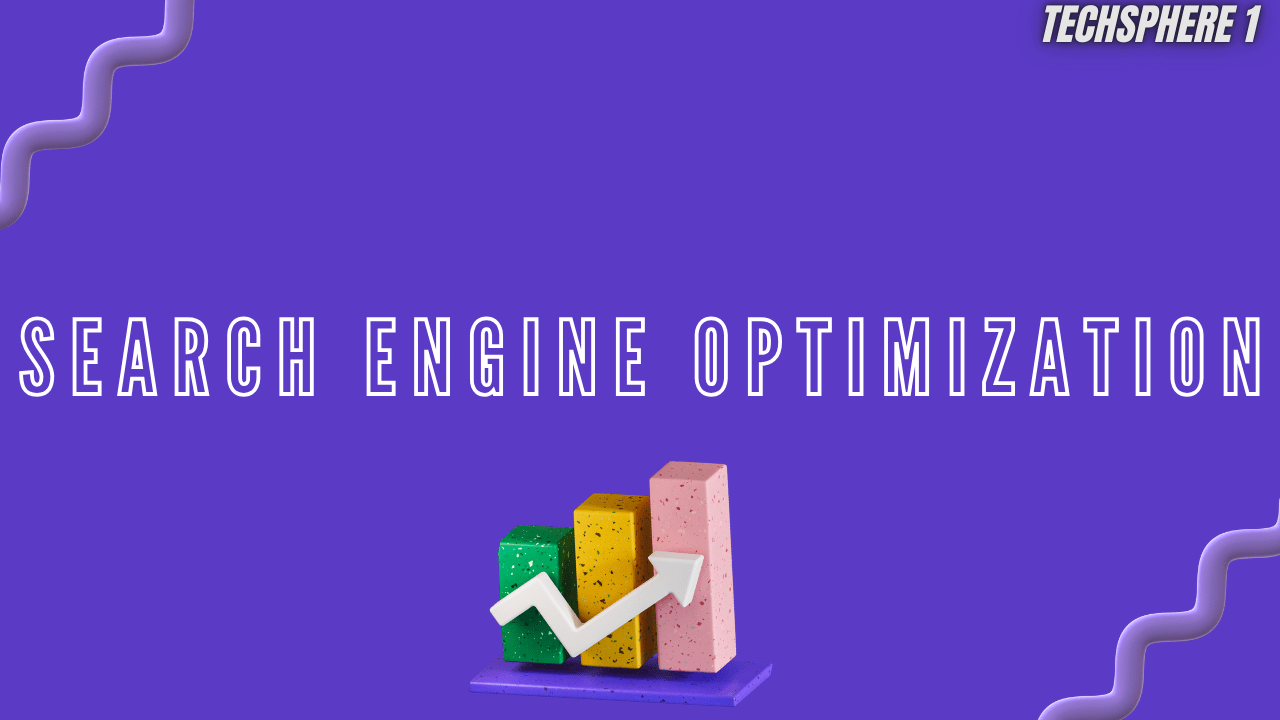
Search Engine Optimization (SEO):
Search engine optimization is known as SEO. It describes the process of improving a website’s visibility and position on search engine results pages (SERPs) through optimization. Making a website more relevant and authoritative to search engines like Google, Bing, and Yahoo is the aim of search engine optimization (SEO), which increases organic (non-paid) traffic to a website. SEO entails a number of tactics, such as enhancing the content of websites, their navigation and structure, obtaining backlinks from reliable sources, and making sure the website’s technical specifications comply with search engine regulations. The following are crucial actions you can take to increase the likelihood that your website will rank higher on Google:
Table of Contents:
1. Keyword Research:
- Identify relevant keywords related to your content, products, or services.
- Use tools like Google Keyword Planner, SEMrush, or Ahrefs to find popular and relevant keywords.
- Keyword research is a fundamental step in the search engine optimization (SEO) process. It involves identifying and analyzing the words and phrases that users type into search engines when looking for information. Here’s a guide to conducting keyword research:

- Understand Your Business and Audience: Google search console SEO audit: website ranking. Start by understanding your business, products, or services. Identify your target audience and think about the words they might use to search for what you offer.
- Brainstorm seed keywords: Develop a list of seed keywords that are directly related to your business. These are broad terms that define your industry.
- Use keyword research tools: Utilize keyword research tools like Google Keyword Planner, SEMrush, Ahrefs, or Uber Suggest. Enter your seed keywords to discover related terms, search volumes, and competition levels. By conducting thorough keyword research and implementing a well-planned strategy, you’ll be better equipped to create content that resonates with your target audience and improves your website’s visibility in search engine results.
2. On-page SEO: Google search console SEO audit: website ranking
- Optimize your target keywords with your page titles, meta descriptions, and header tags.
- Ensure your content is high-quality, relevant, and provides value to users.
- Use descriptive and keyword-rich URLs.
- Include multimedia content, like images and videos.
- On-page SEO refers to the optimization strategies applied directly to the content and structure of a webpage to improve its search engine rankings. Here are the key elements of on-page SEO:

- Keyword Optimization: Google search console SEO audit: website ranking. Integrate relevant keywords naturally into your page content, titles, headings, and meta tags. Aim for a balance between using keywords and maintaining a natural, readable flow.
- Title Tags: website ranking Craft unique and compelling title tags for each page, including the main keyword. Keep titles concise (around 50–60 characters) to ensure they display well in search results.
- Meta Descriptions: website ranking Write persuasive meta-descriptions that accurately summarize the content and encourage clicks. Keep meta descriptions within 150–160 characters. By implementing these on-page SEO strategies, you can enhance your website’s visibility, improve the user experience, and increase its chances of ranking higher in search engine results.
3. Mobile Optimization:
- Ensure your website is mobile-friendly. Google gives preference to mobile-responsive websites.
- Mobile optimization is a crucial aspect of SEO, as more users access the internet through mobile devices. To ensure your website performs well on mobile and improves its search engine rankings, consider the following mobile optimization strategies:

- Responsive Design: Google recommends responsive design as it makes it easier for their algorithms to index and understand the content.
- Mobile-Friendly Testing: Implement a responsive web design that adapts to various screen sizes and devices. Use tools like Google’s Mobile-Friendly Test to check if your website meets mobile optimization standards. Address any issues highlighted in the test results.
- Page Speed: Optimize your mobile website for speed to enhance the user experience. Compress images, minimize HTTP requests, and leverage browser caching to reduce page load times.
4. Page speed optimization:
- Improve your website’s loading speed. You can use tools like Google Page Speed Insights to identify and fix issues.
- By consistently implementing these page speed optimization strategies, you can enhance the user experience, reduce bounce rates, and improve your website’s search engine rankings. Page speed is a crucial factor in today’s online environment, where users expect fast and seamless interactions. Here are some strategies for page speed optimization:

- Understanding Page Speed Optimization: This section provides an overview of what page speed optimization entails, including its importance for the user experience and search engine rankings.
- Factors Affecting Page Speed: Discuss various factors that influence page speed, such as server response time, image optimization, code minification, and browser caching.
- Tools for Measuring Page Speed: Introduce tools like Google Page Speed Insights, GTmetrix, and Pingdom that help analyze and measure page speed performance.
5. Quality Content:
- Quality content refers to digital material that is valuable, relevant, accurate, and engaging to its intended audience.
- Create high-quality, informative, and engaging content that meets the needs of your target audience.
- Regularly update and add fresh content to keep your site relevant.
- It embodies several key characteristics that distinguish it from average or low-quality content:
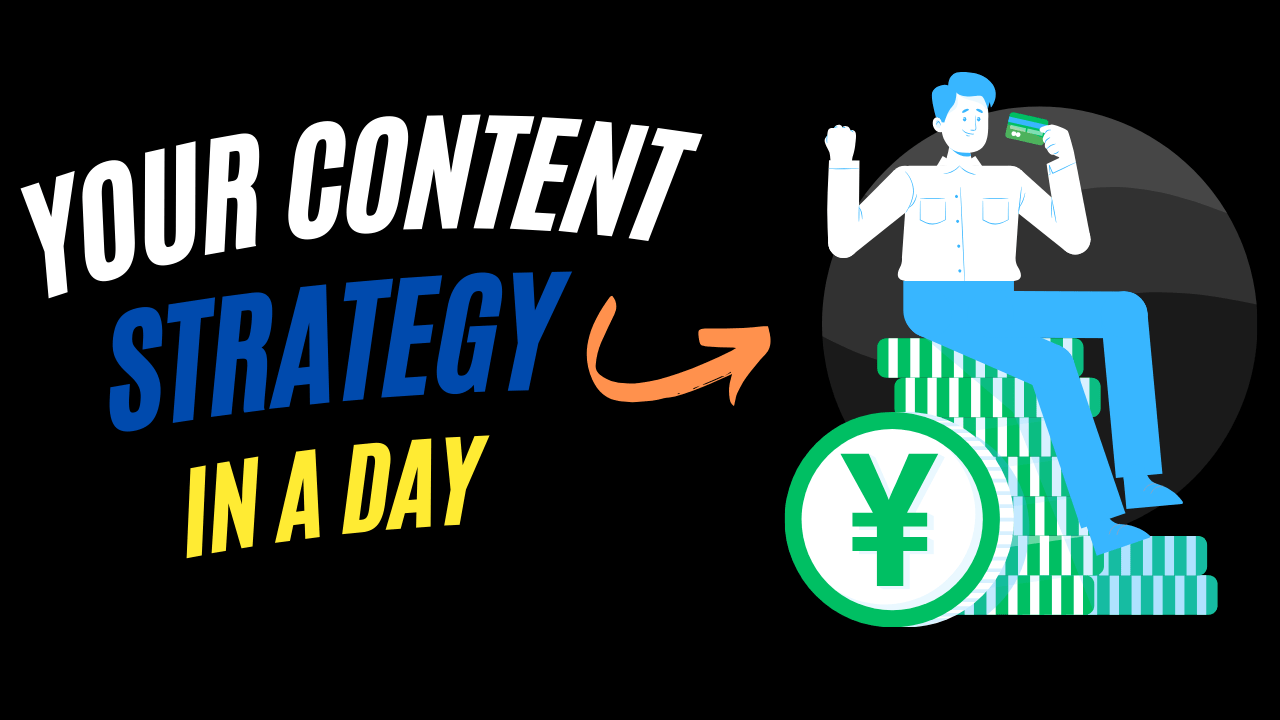
- Defining Quality Content: This section explores what constitutes quality content, including relevance, accuracy, uniqueness, and value to the target audience.
- Characteristics of High-Quality Content: Discuss the key attributes of quality content, such as engaging storytelling, thorough research, clear organization, and authenticity.
- Understanding Audience Intent: Explore the importance of understanding audience intent and tailoring content to meet their needs, preferences, and search queries.
6. Backlink Building:
- Backlink building, also known as link building, is a key aspect of search engine optimization (SEO) focused on acquiring hyperlinks from other websites to your own. These hyperlinks, commonly referred to as backlinks or inbound links, are crucial for improving a website’s authority, visibility, and ranking in search engine results pages (SERPs). Acquire high-quality backlinks from reputable websites. Backlinks are an essential factor in Google’s ranking algorithm.
- Focus on natural and relevant link-building strategies.

- Understanding Backlink Building: Introduce the concept of backlink building and its importance in search engine optimization (SEO).
- Identifying Link Building Opportunities: Discuss methods for identifying potential websites and platforms for acquiring backlinks relevant to your niche or industry.
- Creating Linkable Assets: Explore strategies for developing high-quality, valuable content that naturally attracts backlinks from other websites.
7. Social media presence:
- Social media presence refers to an individual’s or organization’s visibility, activity, and engagement on various social media platforms. It encompasses the establishment, maintenance, and management of profiles or accounts on platforms such as Facebook, Twitter, Instagram, LinkedIn, YouTube, and others, with the aim of connecting with an audience, building brand awareness, and fostering relationships with customers or followers.
- Share your content on social media platforms to increase visibility and drive traffic to your website.
- Social signals are considered by search engines, so having a strong social media presence can positively impact your SEO.

- Understanding Social Media Presence: Define social media presence and its significance for individuals and businesses in today’s digital landscape.
- Setting Up Social Media Profiles: An Explanation Guide on Creating and Optimizing Profiles on Different Social Media Platforms, including Profile Picture, Bio, and Contact Information.
- Choosing the Right Platforms: Discuss factors to consider when selecting social media platforms based on target audience demographics, industry, and content type.
8. User Experience (UX):
- Improve the overall user experience on your website. A user-friendly design, easy navigation, and clear calls to action improve SEO. User experience (UX) plays a significant role in SEO because search engines aim to deliver the best possible results to users. Here’s how you can enhance the user experience to positively impact SEO:
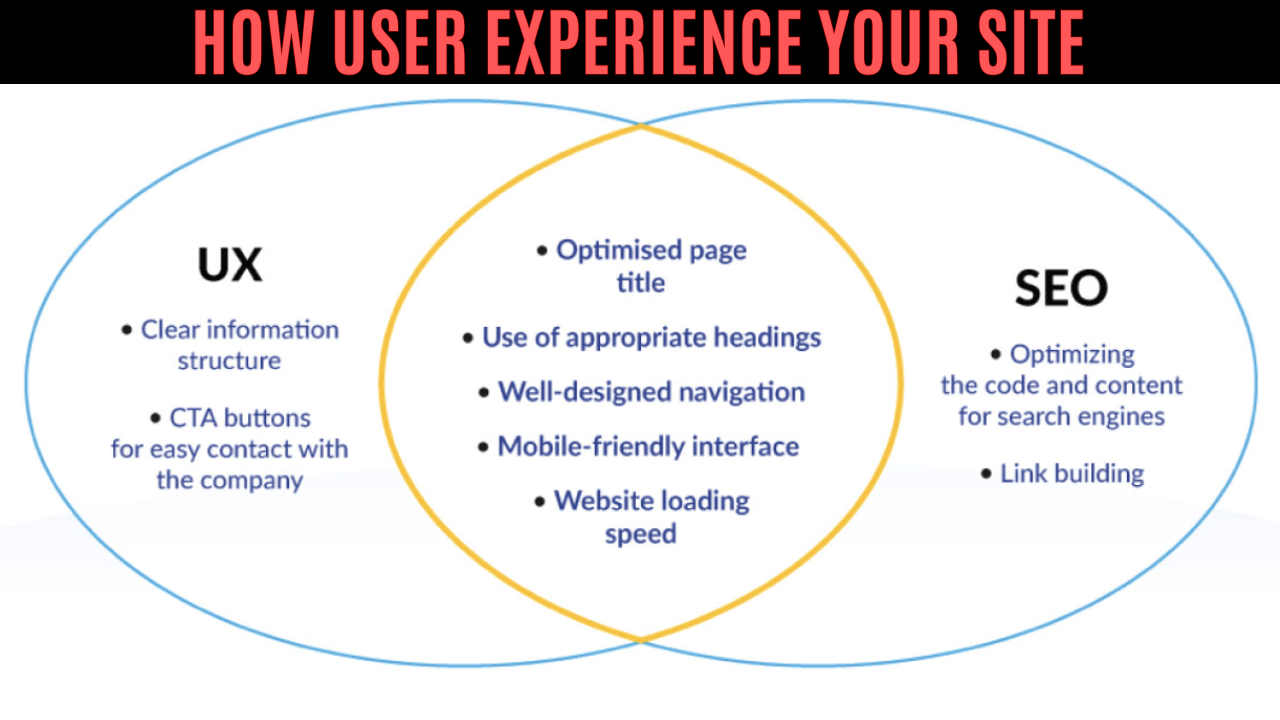
Page load speed: Optimize your website’s speed to ensure fast loading times. Users tend to abandon slow-loading sites, and Google considers page speed as a ranking factor.
Mobile-Friendly Design: Ensure your website is responsive and provides a seamless experience across various devices, particularly mobile. Google prioritizes mobile-friendly sites in its rankings.
Clear Navigation: Create a clear and intuitive website navigation structure. Users should easily find what they’re looking for without confusion. Use descriptive menu labels and ensure a logical hierarchy.
9. Technical SEO:
Ensure that your website is accessible to search engine crawlers. Create and submit a sitemap to the Google Search Console. Fix any crawl errors and broken links. Technical SEO involves optimizing the technical aspects of your website to improve its visibility and performance in search engines. Here are the key elements of technical SEO:

Crawlability: Ensure that search engine bots can crawl and index your website. Create and submit a sitemap to search engines, and use a robots.txt file to control which pages should or shouldn’t be crawled.
Website Speed: Optimize your website’s loading speed. Faster websites tend to rank higher in search results. Compress images, enable browser caching, and minimize code to improve page load times.
Mobile-Friendly Design: Ensure your website is responsive and provides a good user experience on mobile devices. Use Google’s Mobile-Friendly Test to check and improve mobile usability.
10. Local SEO (if applicable):
If your business has a physical location, optimize it for local search by creating a Google My Business profile. Encourage positive reviews from satisfied customers. Local SEO (search engine optimization) is crucial for businesses that want to enhance their online visibility within specific geographic locations. Here are key strategies for improving your local SEO:

Google My Business (GMB) Optimization: Claim and verify your Google My Business listing. Ensure your business information, such as name, address, phone number (NAP), and business hours, is accurate and consistent.
Local Keyword Optimization: Use local keywords in your website content, meta tags, and headings. Include location-specific terms that your target audience might use in search queries.
Online Reviews: Encourage customers to leave reviews on platforms like Google, Yelp, and other relevant review sites. Respond to reviews, both positive and negative, to show engagement and address customer feedback.
11. Monitor and analyze:
Monitoring and analysis are crucial components of search engine optimization (SEO) that involve tracking the performance of a website and its presence in search engine results pages (SERPs). This process helps SEO professionals identify strengths, weaknesses, opportunities, and threats to make informed decisions and optimize strategies for better results. Use tools like Google Analytics and Google Search Console to monitor your website’s performance. Analyze data, track keyword rankings, and make adjustments based on insights.
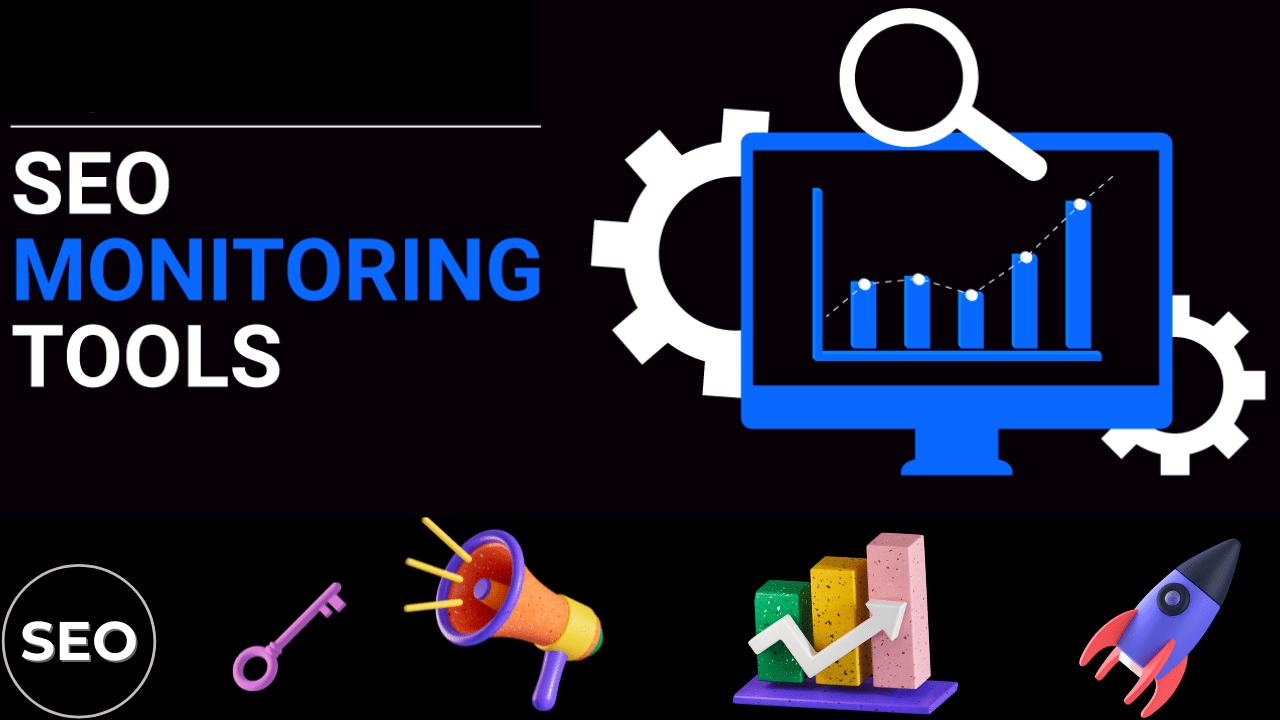
Google Analytics:
Set up Google Analytics to track website traffic, user behavior, and other valuable insights. Monitor metrics such as organic traffic, bounce rate, average session duration, and conversions.
Google Search Console: Use Google Search Console to get information about how Googlebot crawls and indexes your site. Monitor search performance, including clicks, impressions, click-through rates, and the average position for specific queries.
FAQS:
Q1. How to do a technical SEO audit in Google Search Console?
Ans. To be able to do this technical SEO audit, you need to have full access to the site in GSC. Ideally, the site should have both a domain name and a URL prefix.
Q2. How to use Google Search Console to improve SEO?
Ans. One of the most common uses of Google Search Console to improve SEO is for keyword research.
Q3. Can I do an SEO audit if my website is indexed?
Ans. You can do this SEO audit type only for existing sites that are indexed by Google and that have at least some traffic from Google.
Conclusion:
So, remember that SEO is an ongoing process that may take time to see significant results. Consistency and a holistic approach are key to improving your website’s visibility on Google. Regularly reviewing and analyzing these aspects will help you make informed decisions, adapt your SEO strategy to changing circumstances, and ensure that your website continues to perform well in search engine rankings.
